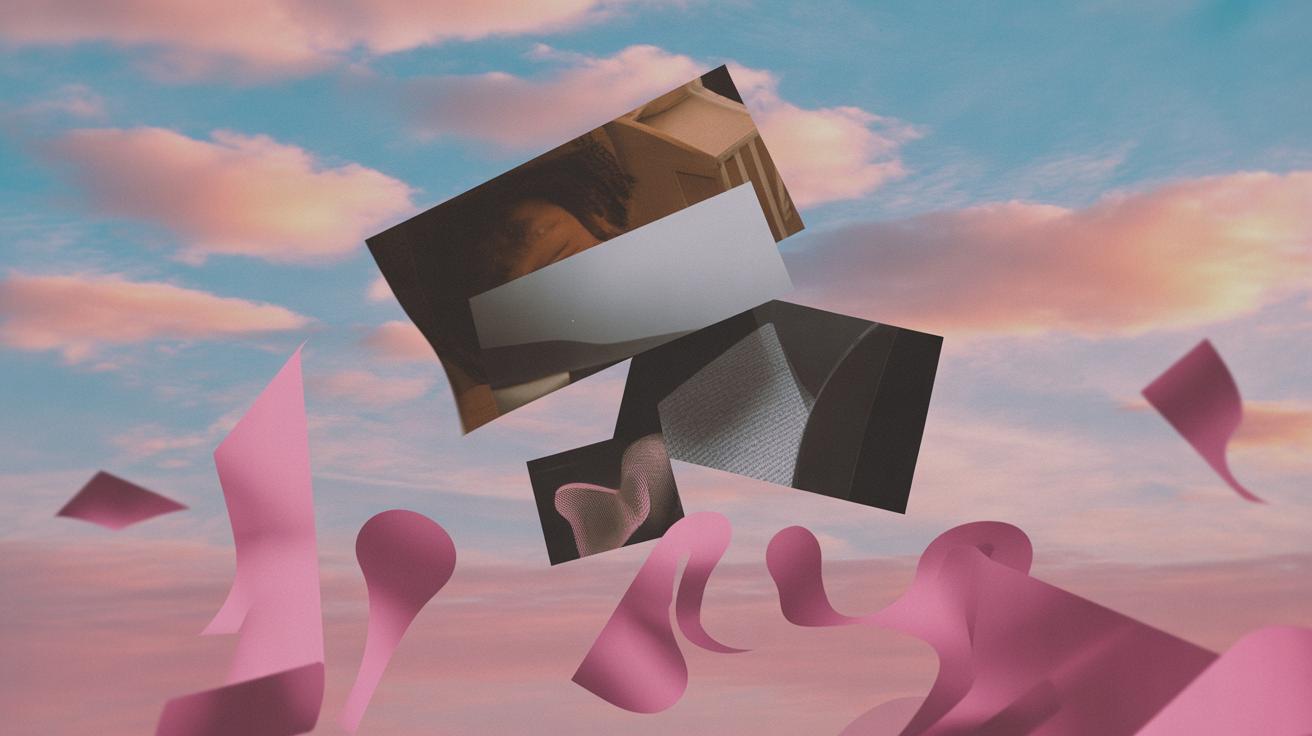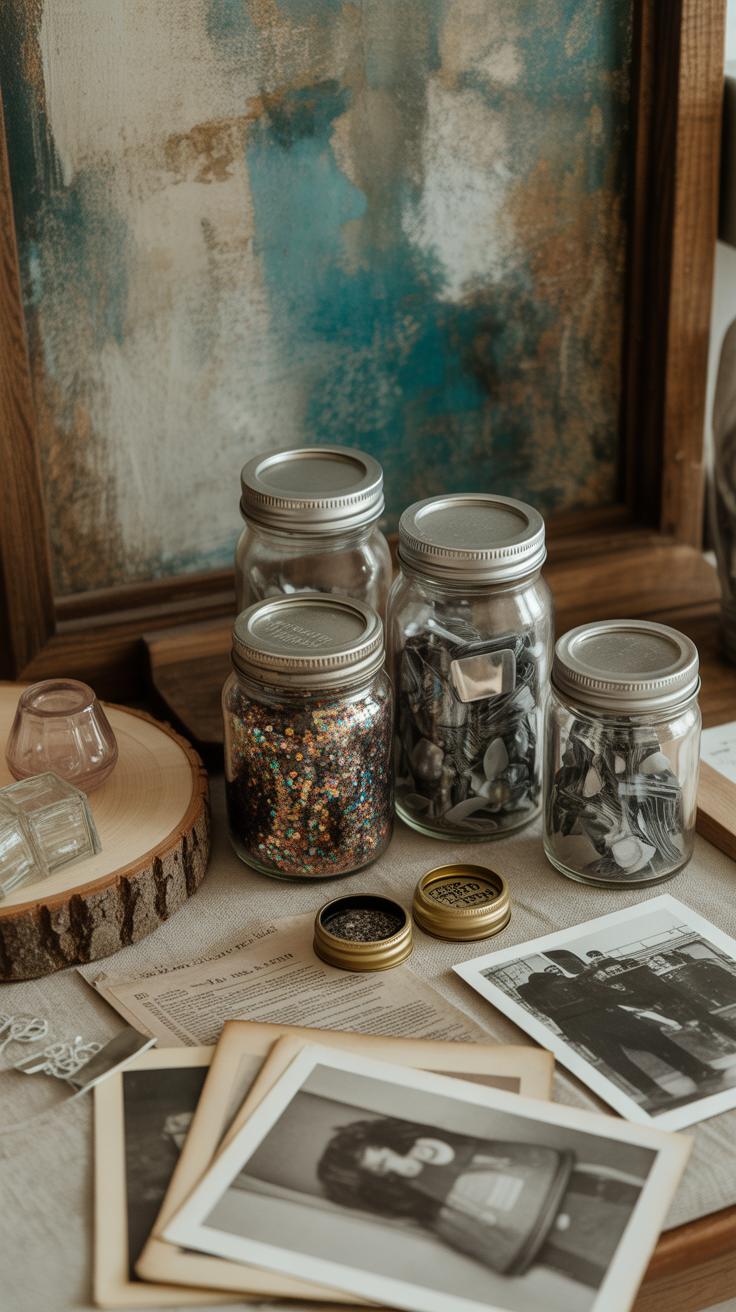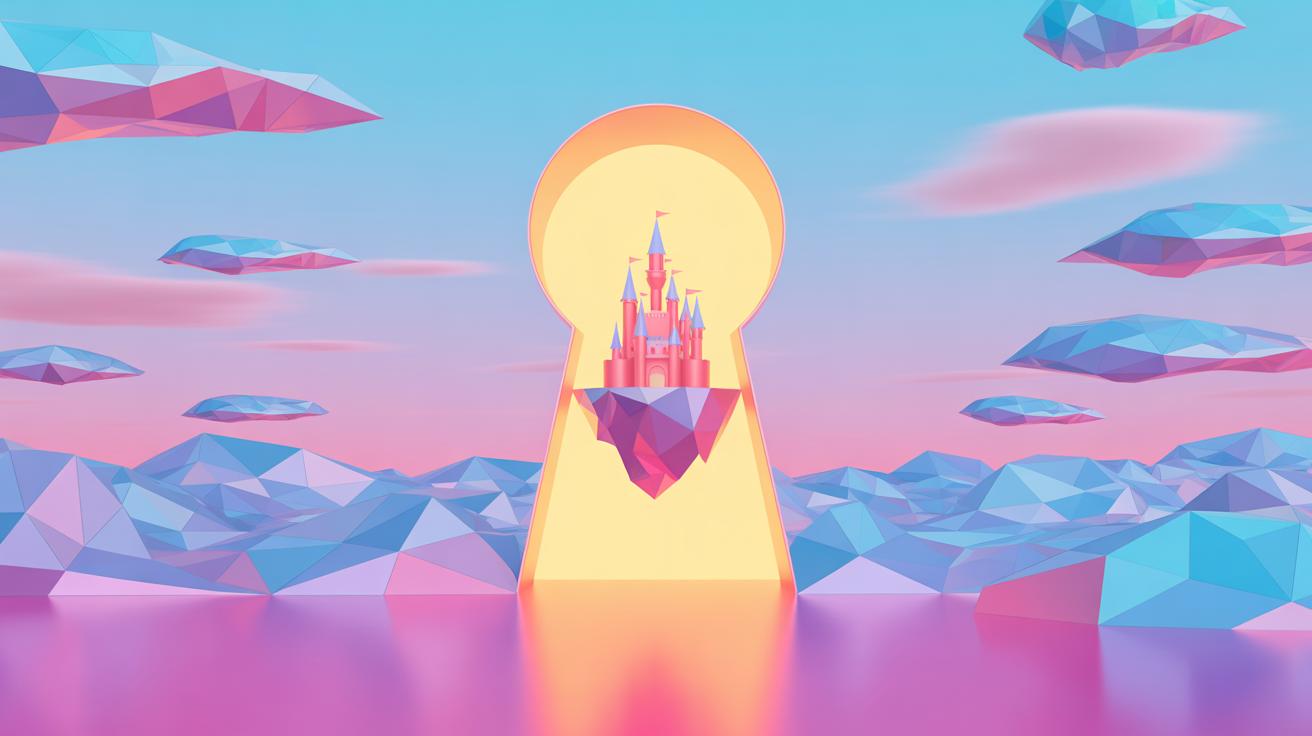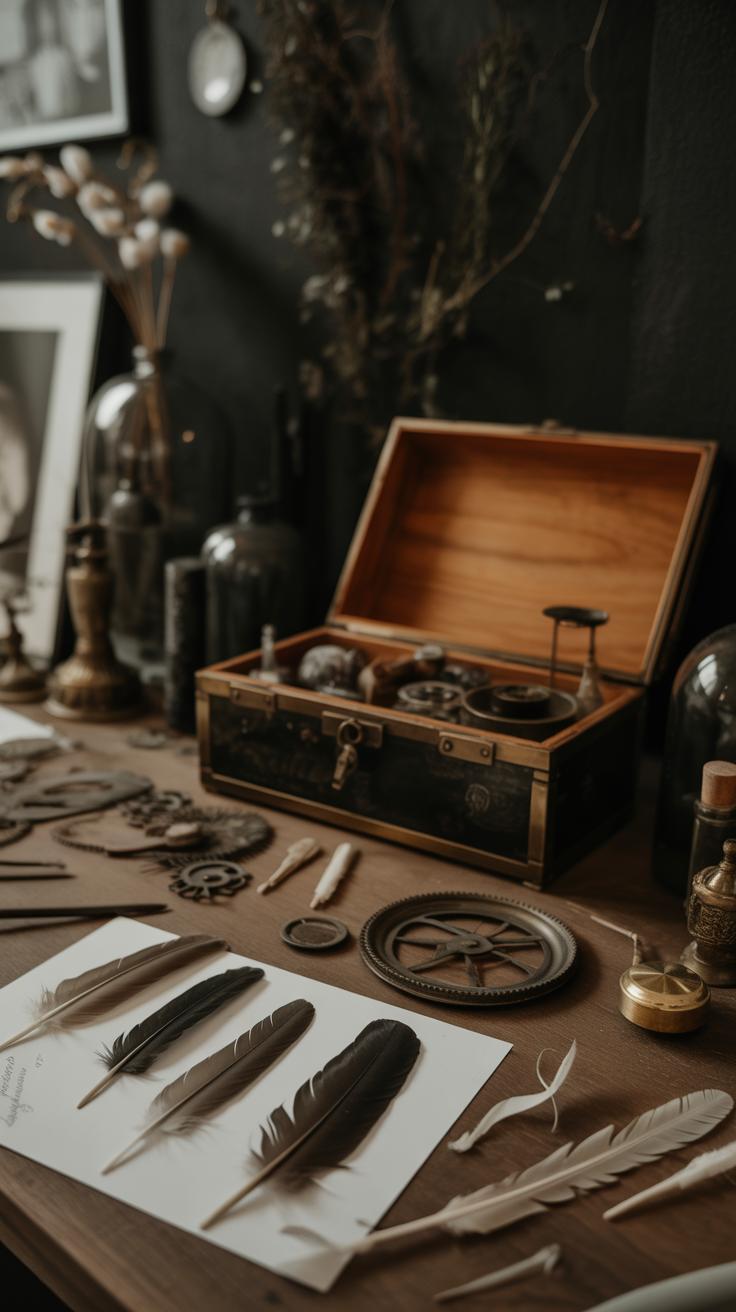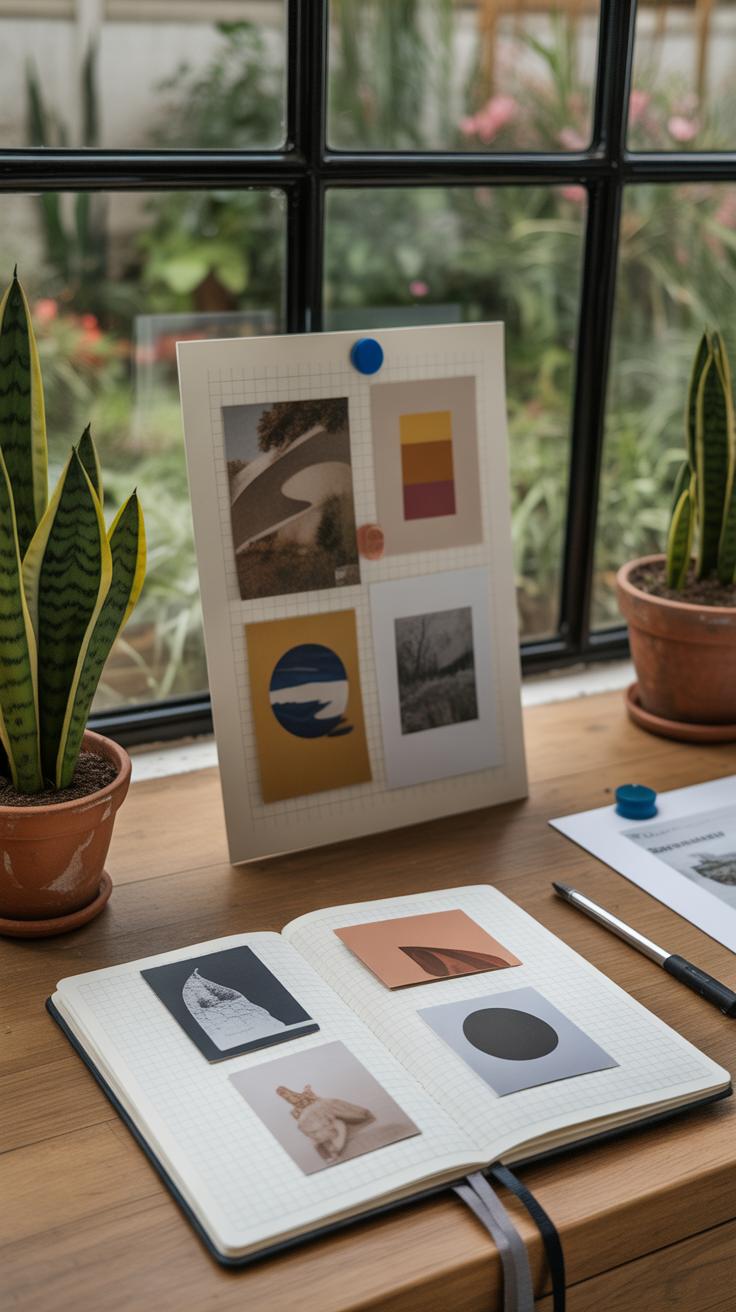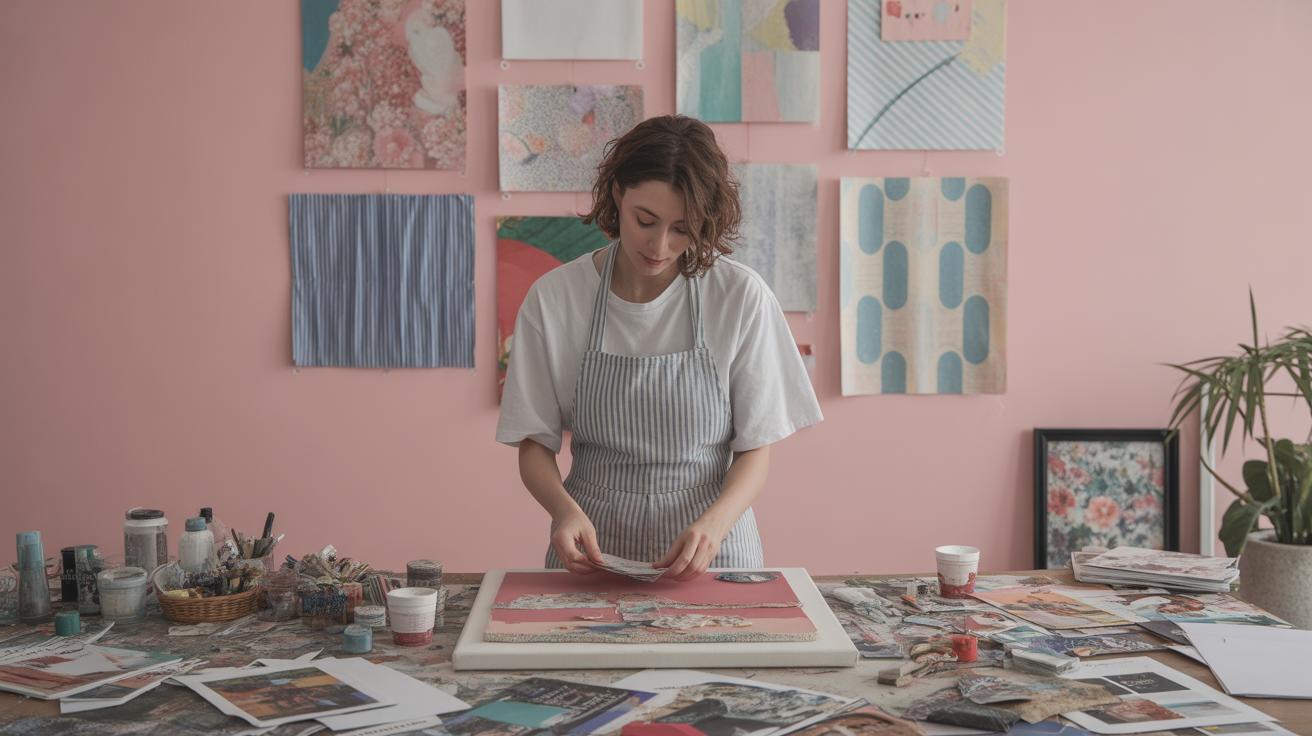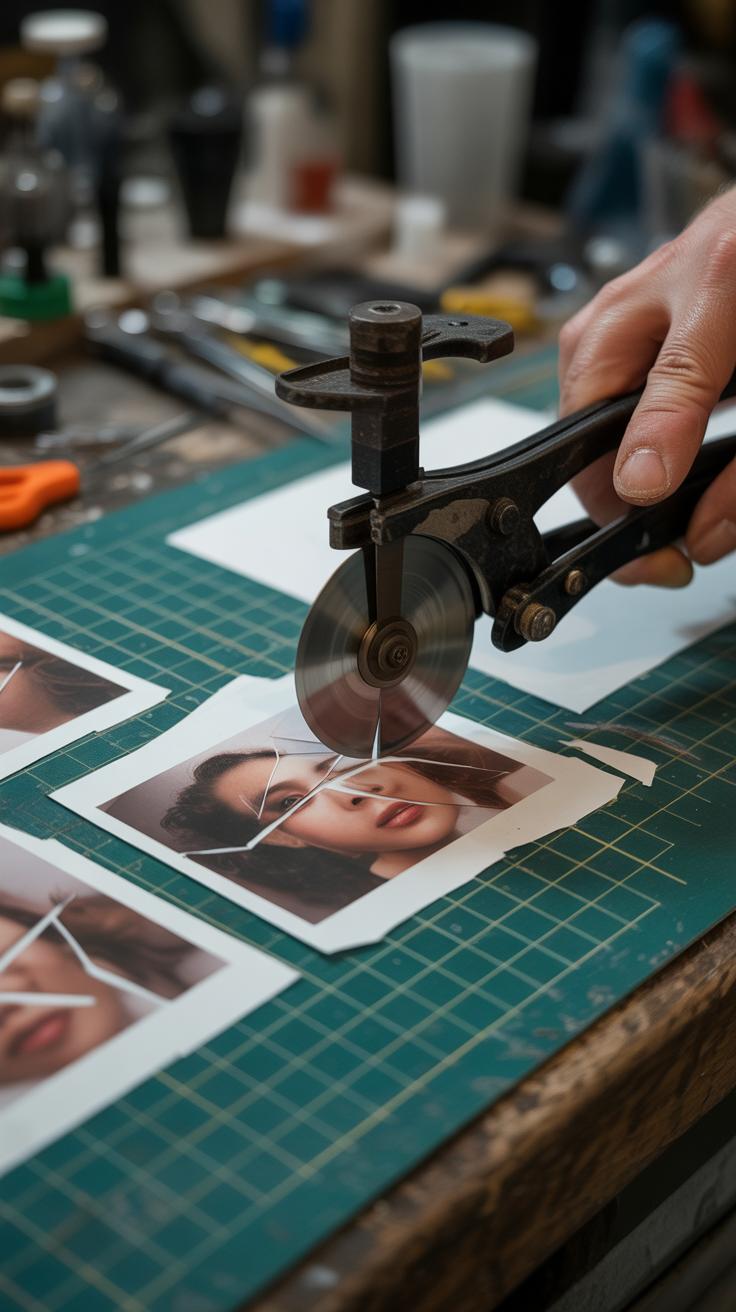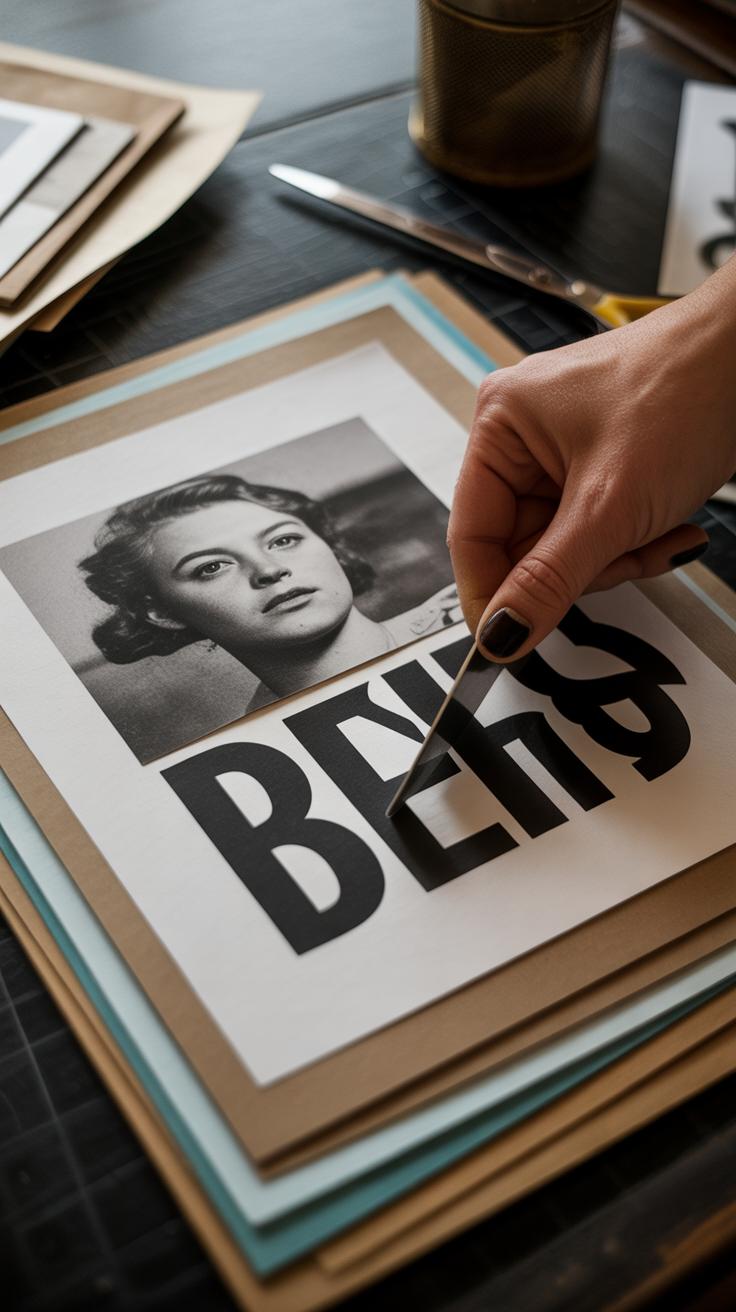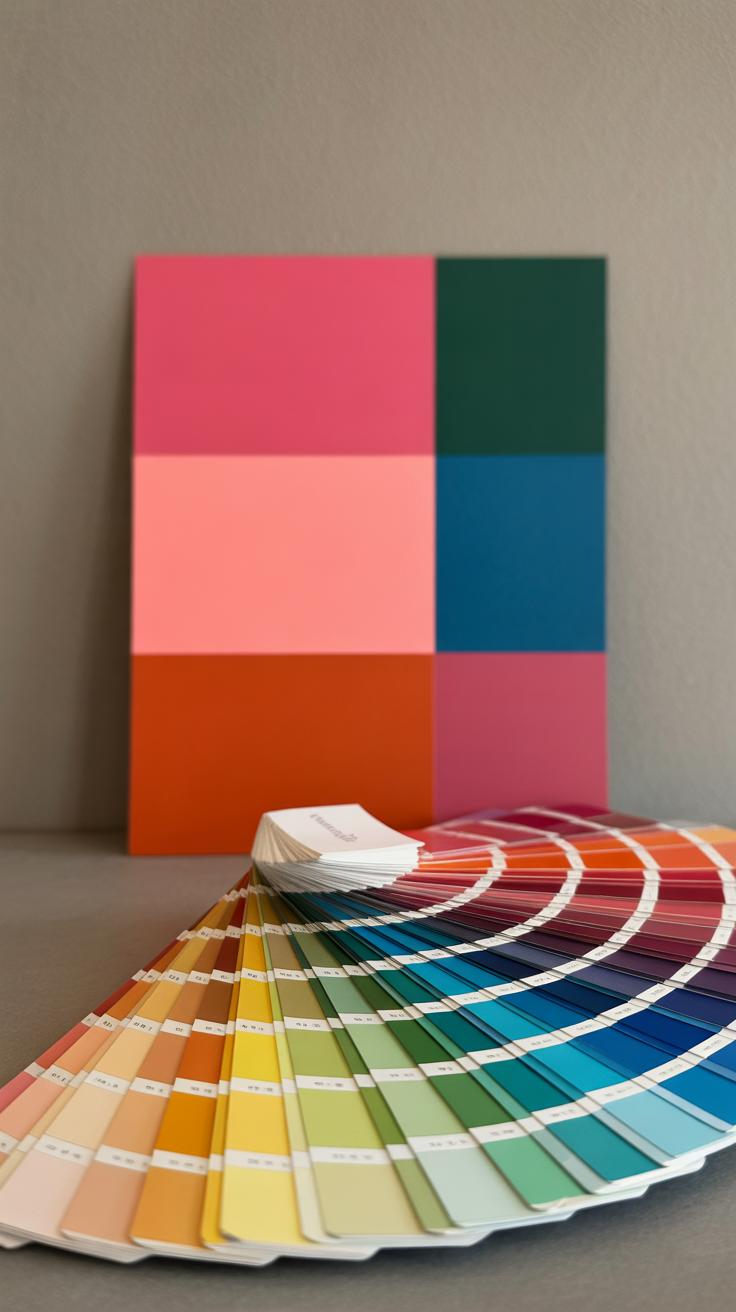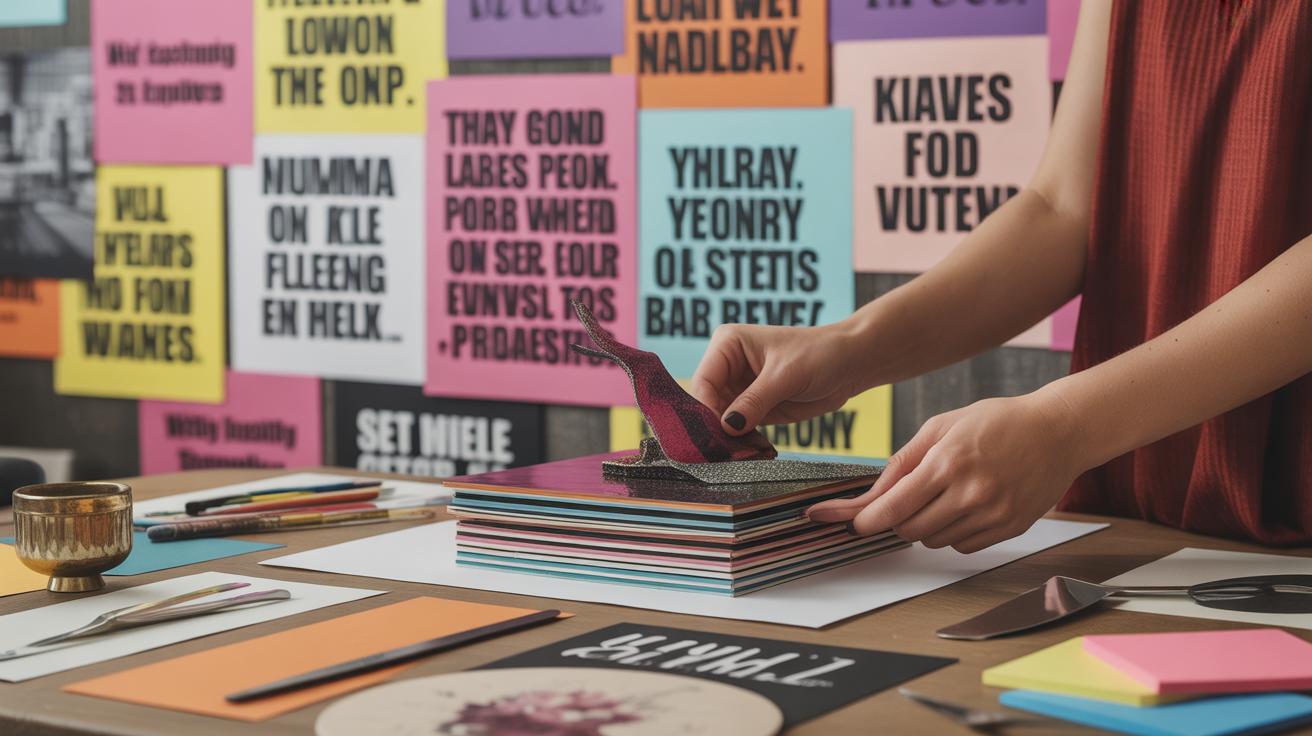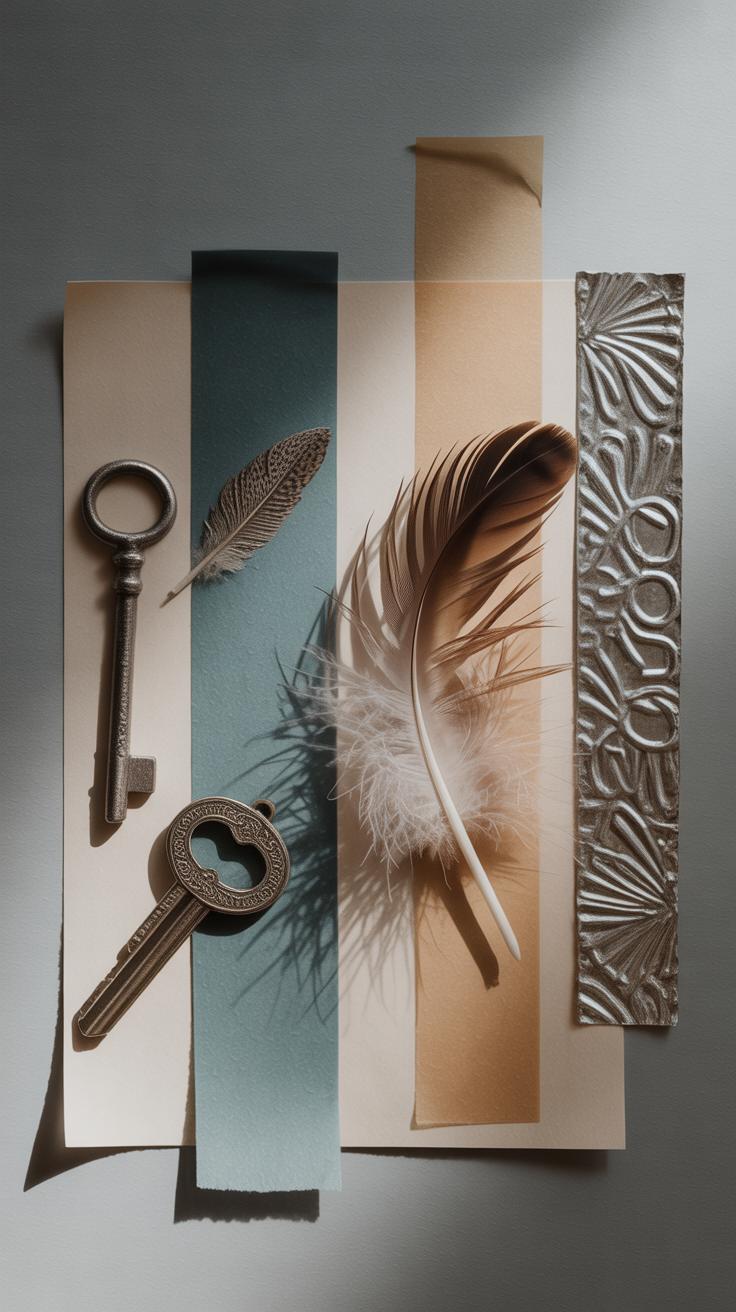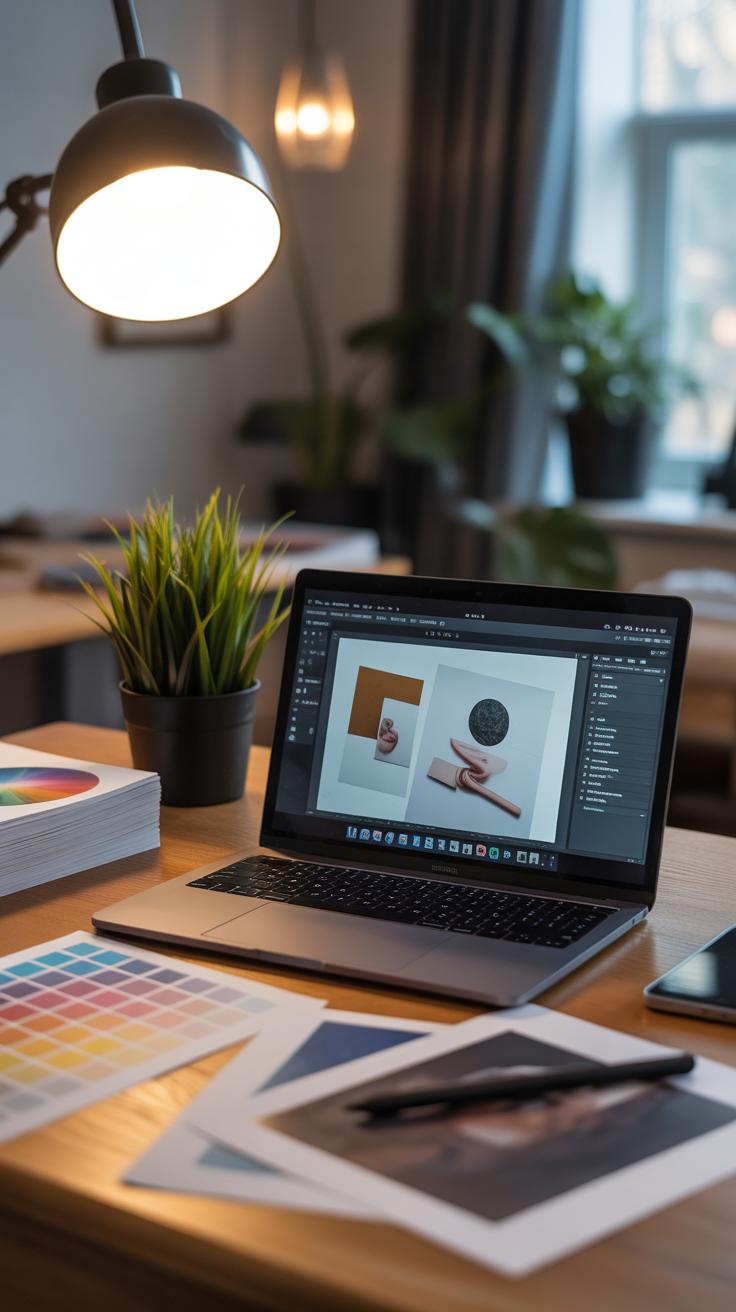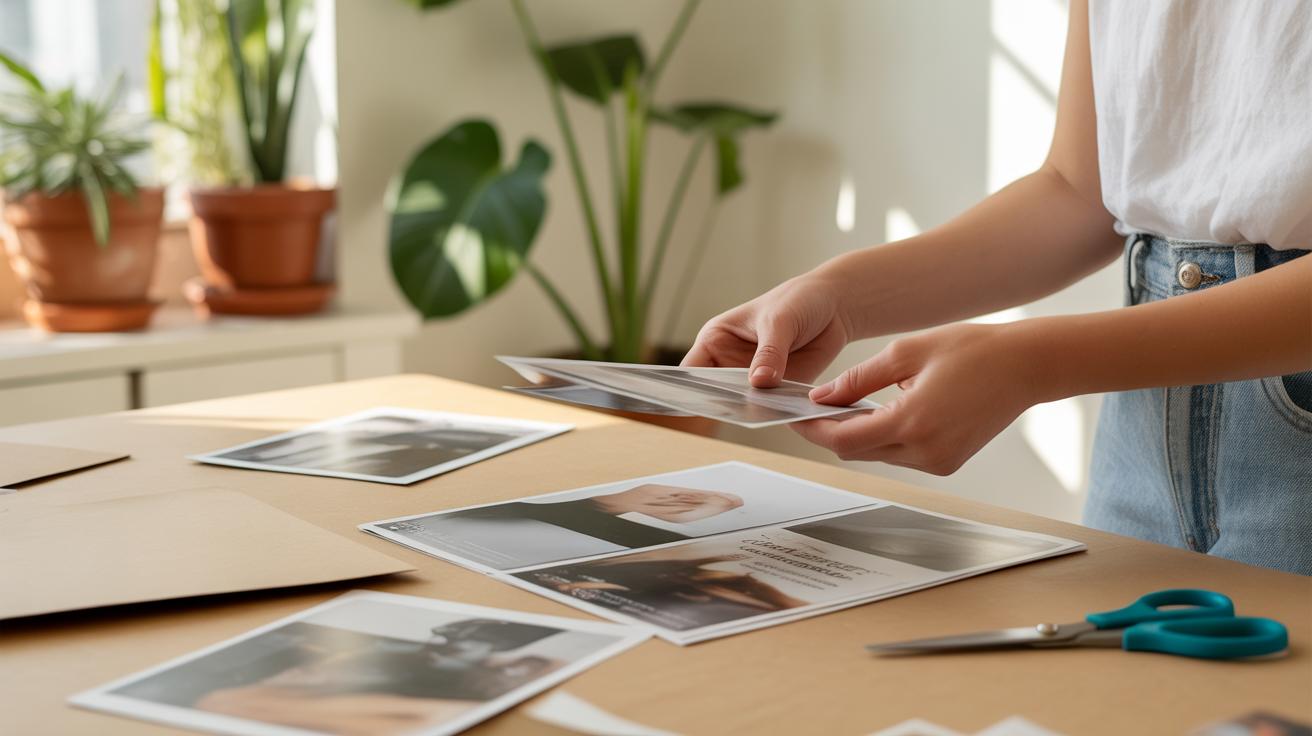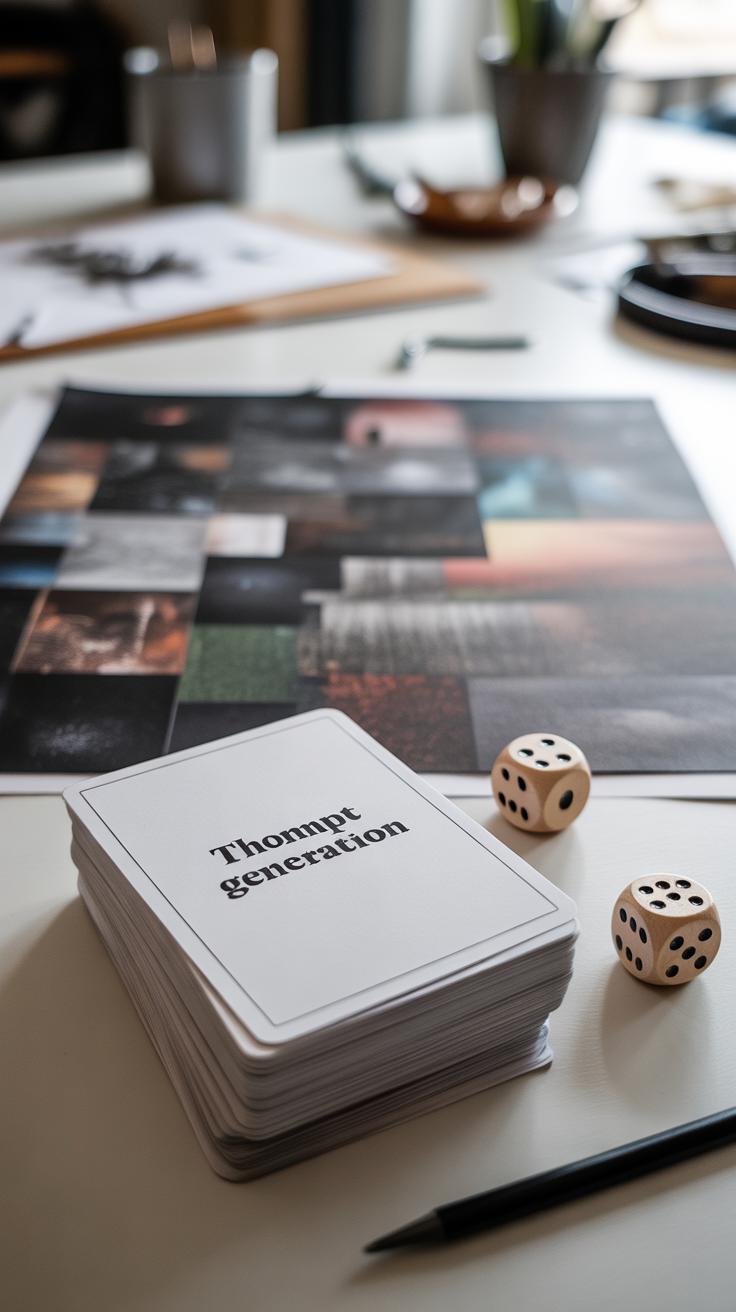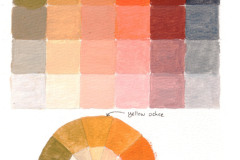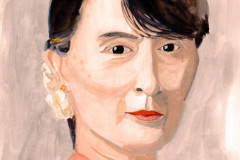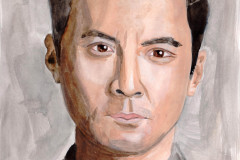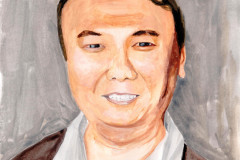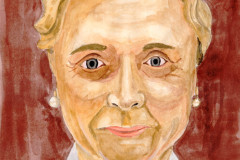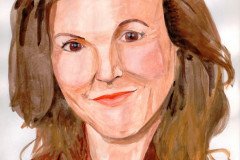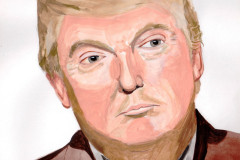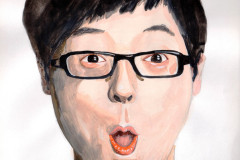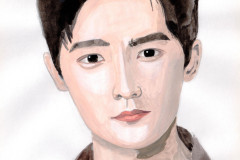Introduction
Surrealist collage combines unexpected images and objects to form imaginative artworks. This technique goes beyond simple art by mixing different elements that challenge the usual ways of seeing. Surrealist collage lets you explore your creativity by combining textures, pictures, and shapes in surprising arrangements.
In this article, we dive into ideas that push the boundaries of surrealist collage. You will learn how to use common and uncommon materials to build your art. Through clear examples and easy steps, you can start creating your own unique collage pieces and discover a new way to express your artistic vision.
Choosing Materials for Surrealist Collage
When it comes to picking materials for your surrealist collage, the options can feel both liberating and overwhelming. You want things that not only catch the eye but push your imagination into unexpected places. Traditional collage might stick mostly to paper and photographs, but surrealist collage begs for more—a mix of textures, layers, and even objects that don’t seem to “belong” together.
Start with basic elements like magazines, newspapers, and old photographs—these give you familiar imagery to distort or reassemble. But then think beyond: bits of fabric with unusual patterns or tactile qualities, scraps of textured paper, or even elements like feathers or thin metal pieces can add surprising depth. You might find yourself drawn to torn pages rather than cut edges, perfect for creating uneasy or dreamlike transitions.
Found objects work well too—but choosing them isn’t just about what looks good. It’s about what feels oddly fitting in a strange way, often inconsistent with the rest of the piece. A part of a clock combined with a leaf or a broken toy nestled among cut-out faces might startle the viewer, which is exactly what surrealism thrives on.
Think about scale and contrast: oversized paper elements beside tiny objects can unsettle the usual hierarchy you expect. Also, experimenting with how materials interact—glue, layering transparency, even slight tearing—creates tension or ambiguity. These subtle tricks make your collage less like a flat image and more like a window into something unexpected.
Choosing materials this way isn’t a neat checklist. You might find yourself circling back on certain items, reconsidering textures or colors multiple times. That hesitation can be useful—it mirrors a bit of the surrealist process itself, where meaning isn’t fixed but feels unstable and open.
Surrealist Collage Materials
Picking materials for a surrealist collage isn’t just about grabbing whatever looks interesting. It’s more like assembling a toolkit that plays with reality, texture, and surprise. Paper, fabric, photographs, and found objects each bring something unique, altering how your piece feels or even how it challenges the viewer’s expectations.
Paper remains a classic choice, but think beyond the usual—old book pages, receipts, or maps can add unexpected layers of meaning. Fabrics inject softness or roughness, and their patterns sometimes contrast or blend oddly with other elements, creating tension. Photographs, whether vintage portraits or abstract shapes, anchor a piece in a semblance of reality, but slicing and rearranging them twists that reality in compelling ways. Found objects—anything from a clock hand to a torn ticket stub—pull your collage out of two dimensions and invite the eye to wonder how these disparate parts coexist.
Using Recycled and Everyday Items
Objects you might overlook could be gold for your surreal collage. Scrap paper, magazines from years ago, or even bits of packaging bring a sense of history and texture. I once used torn labels from old jars, which surprisingly added a kind of quiet narrative. When you choose recycled items, you also open a conversation about use, value, and decay, which feels fitting for surreal art, doesn’t it?
Also, everyday objects—buttons, fabric scraps, broken jewelry—can spice up your piece. They carry traces of their past lives, but their new context transforms their meaning. There’s a peculiar thrill in bending the ordinary toward the strange that surrealism thrives on. Don’t hesitate to rip, fold, or layer these items; imperfection here isn’t a fault but part of the expression.
Incorporating Textures and Colors
Textures and colors in a surrealist collage don’t have to “match.” In fact, it’s often better if they clash or surprise. A stiff newspaper should feel different next to the softness of fabric, or the smoothness of an old photo. Playing with this contrast can create an unpredictable rhythm in your work—sometimes it feels harmonious, other times jarring, but rarely dull.
Color choices, too, can either unify or disrupt. You might rely on a limited palette to focus attention on surreal elements or mix wildly to unsettle expectations. Bright spots of color flashing against muted tones can direct the eye, or black and white pieces placed beside vivid imagery emphasize the strangeness. I often try to balance these instinctively, though honestly, it’s mostly trial and error.
What textures or colors have caught your eye before but never used? Experimenting there might be where your collage begins to take on that otherworldly charge that surrealism invites.
Planning Your Surreal Collage
Sketching Ideas and Layouts
Before cutting or gluing anything, it helps to put your ideas on paper. Sketching doesn’t mean you have to be an expert artist; simple shapes and rough outlines can reveal a lot. Try several quick drawings—don’t settle on the first one. Sometimes a spontaneous scribble sparks thoughts you hadn’t noticed before.
Think about how your elements might interact spatially. Will they overlap or float apart? Should there be empty space to create tension? Sketch multiple layouts to explore these questions. Sometimes, what looks balanced on paper might feel off once you work with actual materials. So, it’s smart to remain flexible, even after sketching.
If you feel stuck, try zoning your page into sections or grids to help arrange components. You might also experiment with scale in your sketches—large forms next to tiny ones create unexpected contrasts, which often enrich surreal compositions.
Choosing a Theme or Story
Picking a theme can guide your creative choices but don’t think of it as a strict rule. It’s more like a subtle thread that ties disparate images together. You might want a clear narrative, like a dream-like voyage or a collision of nature and technology. Or, you might prefer something vaguer, like a feeling or an atmosphere.
Ask yourself what you want viewers to experience or question. Should your collage unsettle, provoke wonder, or just confuse? Sometimes starting with a mood rather than a story leads to more open-ended interpretations. I often find myself torn between these approaches—clarity versus ambiguity—and both have their merits.
It helps to gather references related to your chosen theme. This can be words, quotes, photos, or even fragments from magazines. Let these materials simmer in your mind while you plan. They might evolve into unexpected directions, which is part of the surrealist charm. What stories are you curious to explore?
Cutting and Assembling Techniques
Effective Cutting Tips
Cutting images for surrealist collages isn’t just about precision—it’s about finding the edges that make your composition sing. You can’t always rely on scissors alone. Sometimes a craft knife offers better control, letting you follow curves or angular shapes with more accuracy. I often switch between tools depending on the detail needed, though this can be a bit fiddly.
Think about varying the cut edges: sharp, jagged, smooth. Each creates a different visual effect. For example, a rough tear along the border might add a raw, organic feel, while a clean, fine cut could highlight the subject sharply. Don’t hesitate to leave tiny bits of white or even cut overlapping areas—that unpredictability can enhance the surreal vibe.
One trick is to cut slightly outside or inside the lines, then adjust as you assemble. This back-and-forth helps you discover unexpected relationships between pieces. It’s less about perfectly clean cuts—and more about what those edges communicate.
Layering for Depth and Meaning
Layering isn’t simply piling one image on top of another. It’s stacking ideas, moods, and visual cues. When you layer fragments, you create a kind of visual dialogue that invites the viewer to linger, to question. Sometimes, the top image might partially obscure what’s beneath, prompting curiosity. Other times, transparency or torn sections reveal hints without giving everything away.
Try placing incongruous elements in layers to push meaning beyond the obvious. A feathered wing laid over a cityscape might evoke freedom or escape, but layering a clock face partially beneath could twist that into fleeting time or lost moments. The combinations are endless—and often unpredictable.
Personally, I’ve found that stepping back between layers helps me understand what each addition brings. Occasionally, a layer I thought essential ends up confusing the piece. Then I peel it back—or cover it up—letting the collage breathe. Those moments of subtle tension between layers shape the surreal effect far more than neat, flat compositions.
Incorporating Photographs and Text
Selecting Photos with Impact
Choosing the right photographs can steer your collage toward something unexpectedly moving or strange. Look for images that hold a certain mystery or emotion rather than just decorative appeal. Sometimes a simple, ordinary picture—like a face frozen in an awkward expression or a landscape with unusual lighting—can add a quiet tension that’s hard to describe.
Think about contrasts within the photo itself. Is there something slightly off about the proportions or shadows? Those small imperfections or odd details invite the viewer to linger, questioning what they see. You might even scan personal photos or old magazines, where the grain or fading adds character, something polished stock photos often lack.
Try compiling a mix of close-ups and wide shots for visual drama. Intense gazes, surreal reflections, or distorted perspectives can all deepen the emotional resonance. Selecting photos with subtle ambiguity lets you layer meaning without spelling everything out.
Using Text as Visual Elements
Text fragments in surrealist collages often do more than deliver literal messages. They can act as shapes, patterns, or rhythms that interrupt or dialogue with the imagery. Snippets of sentence, newspaper clippings, handwritten notes—each comes with its own texture and tone.
When you cut and place text, pay attention to size, font, and alignment. A bold, blocky headline placed at an odd angle can shock or disorient. A delicate script might feel like a whispered secret beneath layers. Sometimes, breaking words apart or combining phrases that don’t normally belong together creates new, unexpected meanings.
Experiment with overlaying text on images or fragmenting sentences to reveal partial thoughts. These disruptions pull viewers into a different cognitive space where logic loosens its grip. You might hesitate at first to mix images and words in such unpredictable ways, but that’s where the real surrealism lives—between sense and nonsense.
Using Color and Contrast for Effect
The way you use color in a surrealist collage can totally shift how it feels—sometimes in ways you wouldn’t expect. A muted palette might pull you into a dreamlike haze, while bright, clashing colors can jolt the senses, making the scene feel oddly unsettling or hyper-real. It’s interesting how just changing hues can push a collage away from reality and into something puzzling or mysterious.
Think about how cool blues and grays evoke calm or isolation, while fiery reds and oranges bring tension or urgency. You could mix them, too, letting the colors contradict each other and create an emotional push-and-pull. It’s not about rules here, really, but watching how the colors affect your mood as you build the piece.
Contrast plays a key role too. Sharp differences—in brightness, saturation, or texture—can make certain parts leap out. A bright figure against a dark background, for example, might feel otherworldly or ghostly. Or a sudden color shift can highlight the surreal aspects, like a neon object in a dull environment.
- Use high contrast to isolate odd elements and let them speak.
- Try pairing unexpected colors to disorient or surprise the viewer.
- Let softer, blended contrasts create ambiguity, making viewers question what they see.
Color and contrast aren’t just decoration. They’re tools for making your surreal world feel real in an unreal way. You might struggle a bit with what “works,” but that struggle often leads to the most interesting outcomes. What colors pull you in? Where does contrast seem to unlock hidden meaning? Sometimes the answers aren’t clear—like much of surrealism—but that’s part of what makes playing with these elements so worthwhile.
Adding Unusual Objects and Materials
Bringing unexpected objects like feathers, fabric scraps, or small 3D items into your surrealist collage can radically shift its impact. These elements introduce texture and shape that flat paper can’t mimic, making the piece feel more alive—or strangely off-kilter. Sometimes, just a single feather glued at an odd angle changes the mood entirely. But don’t overthink it; a careful balance between surprise and coherence keeps the viewer intrigued rather than confused.
Where to Find Unique Materials
Hunting for these materials is part of the joy, I find. Flea markets are fantastic for weird buttons, old jewelry, or bits of lace with character. Art supply stores sometimes have unlikely things hidden among the basics—think textured threads or metallic foils. Even nature offers oddities: bits of bark, dried flowers, feathers picked up on walks. Keep your eyes open in thrift shops or junk drawers. You’d be surprised what becomes a perfect fit once you start looking.
Blending 3D and 2D Elements
Integrating three-dimensional objects with traditional collage parts calls for some experimental glueing and layering tactics. I tend to use hot glue for heavier items and gel medium for lighter, flexible pieces like fabric. Building subtle shadows or overlaps can help the elements feel connected rather than stuck on. You might place a feather so it’s partly under a torn photo edge or have fabric edges fray into paper areas. The trick is to make the boundary between flat and raised ambiguous—just enough to pull the eye but not distract completely.
Digital Tools for Surrealist Collage
Digital collage offers a flexibility that traditional methods just can’t match easily. It lets you crop, resize, and manipulate images in ways that feel almost endless. If you’re exploring surrealist collage, digital tools open doors to combinations and distortions that might take hours or days to achieve by hand—or might even be impossible.
When it comes to software, a few options stand out for their suitability:
- Adobe Photoshop: The go-to for many artists. It provides layers, masks, and a vast palette of tools to tweak images pixel by pixel. It might feel complex at first, but once you get the hang of it, creative limits feel a bit less restrictive.
- Procreate: Primarily for iPad users. It’s surprisingly powerful for collages because of its blend modes and brush options. I once combined scanned textures with digital drawings in Procreate and ended up with something quite unexpected.
- GIMP: A free alternative to Photoshop. It may lack some polish but covers all the essential functions. Good if you want to experiment without investing money upfront.
- Canva: More basic but accessible and quick. Not for complex edits but useful for mixing photos and graphic elements fast, especially if you like to layer unexpected textures.
Mixing digital with physical collage can lead to interesting results too. You might scan a piece of your physical collage, then add digital elements—colors, digital painting, or surreal filters—to expand your composition. Or print a digital collage and overlay with ink, fabric, or pencil marks to bring back a tactile feel.
What feels most surprising is that digital and physical don’t need to be separate. You can hop between the two, letting the imperfections of hand-applied glue meet the precision of digital masks. Sometimes, this mix pushes your work beyond what you imagined at the start.
Creative Exercises to Enhance Your Skills
Building skill in surrealist collage takes time—and a bit of practice that nudges you out of your comfort zone. One exercise I’ve found helpful is limiting yourself to just three images per collage. This forces you to think carefully about how they interact, which often leads to unexpected combinations you might otherwise miss. Try mixing unrelated themes—like mechanical parts with natural landscapes—and see what feelings or ideas emerge. Sometimes the results feel odd, confusing even, but that’s where creativity brews.
Another way to grow is by assigning a strange prompt to each collage, like “What if shadows had minds?” or “Collage a dream you couldn’t quite remember.” These prompts can even be silly or absurd; the key is to stretch your imagination. You won’t always get a masterpiece, but you will get new ideas, which is what counts. Do you resist ideas that don’t make sense right away? Sometimes you have to let them sit a bit before they really click.
Daily Collage Challenges
If you want to increase your speed and spontaneity, try making a surreal collage every day, but with a strict time limit—say 20 minutes. Quick sessions force you to trust your gut rather than overthink. One day, pick images only from old magazines; another day, use only black-and-white photos. Challenge yourself to create with one hand tied behind your back, or without cutting out images—just layering transparencies.
This kind of playful restriction can feel frustrating, almost counterproductive, but it often unlocks new ways of seeing connections between images. I remember days when I hated the results, yet those pieces pushed me toward ideas that felt more organic later on. Would you consider setting a timer to see how your subconscious prioritizes visual storytelling?
Collaborative Collage Projects
Working with others opens your world in unexpected directions. Try passing your collage to a friend or a group and ask them to add or alter parts without explaining your original intent. The resulting layers often surprise you. Collective sessions can break personal habits and encourage seeing things from another’s eyes, which is crucial in surrealism.
You might also try a ‘theme exchange’—each person creates a collage based on a theme, then swaps and reinterprets the other’s work. It’s not about competition or finishing with a ‘perfect’ outcome, but rather about blending visions. Sometimes this process reveals conflicts or harmonies you wouldn’t have imagined alone. Have you noticed how your creative boundaries shift when you collaborate?
Conclusions
Surrealist collage is a powerful way to express creativity by bringing together diverse elements. You learned about mixing materials, using imagery that sparks imagination, and different techniques to create striking artwork. Experimenting with shapes, textures, and sources can lead you to discoveries in your art journey.
By pushing limits and trying new ideas, you grow your skills and find new ways to communicate visually. Keep exploring surrealist collage to develop your own style, surprise your audience, and enjoy the process of making art that stands out.

